Search the Special Collections and Archives Portal
Search Results
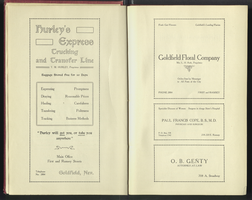
sod2021-076-007
Text
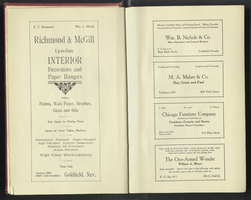
sod2021-076-008
Text
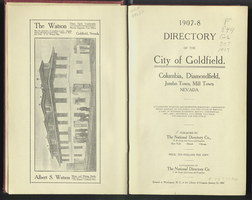
sod2021-076-009
Text
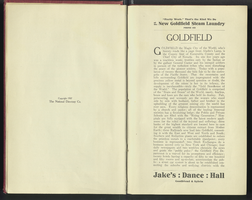
sod2021-076-010
Text
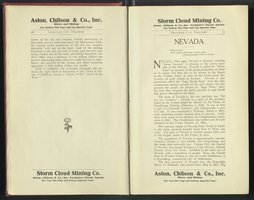
sod2021-076-011
Text
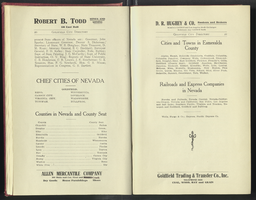
sod2021-076-012
Text
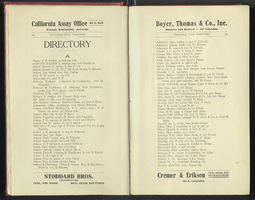
sod2021-076-013
Text
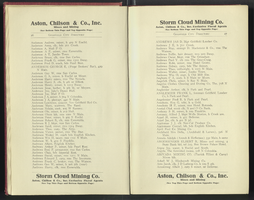
sod2021-076-015
Text
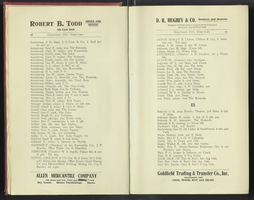
sod2021-076-016
Text

sod2021-076-017
Text
Pagination
Refine my results
Content Type
Creator or Contributor
Subject
Archival Collection
Digital Project
Resource Type
Year
Material Type
Place
Language
Records Classification
